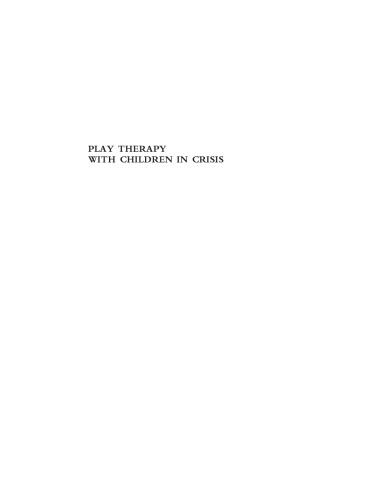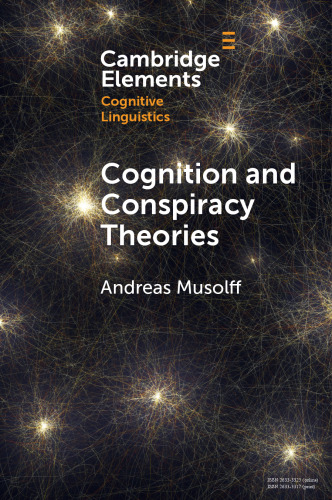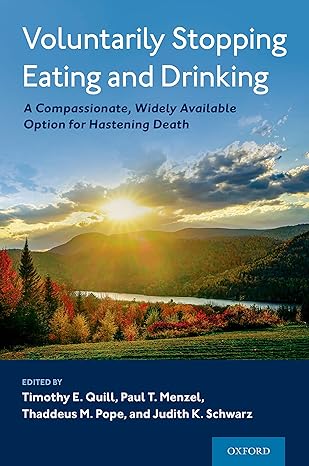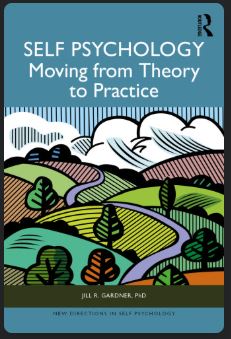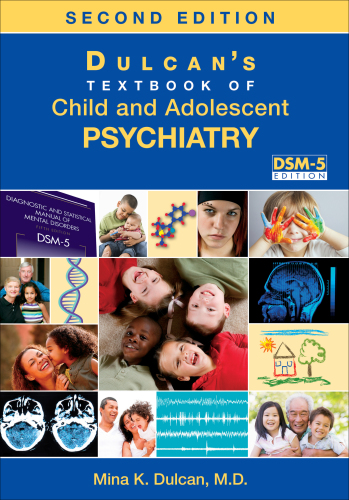Crises and traumatic events are ubiquitous in modern life and affect people of all ages. Contrary to the myth that the magic years of childhood are a period of guileless innocence and carefree play, the reality of the preteen years, like that of later life, includes experiences that provoke anger, jealousy, fear, and grief as well as joy and pleasure. When children experience crises or traumas, their families and communities inevitably also are involved. Sometimes adults actually cause children to be victimized, as in cases of abuse. In other situations (such as natural disasters), no one person is responsible, and the entire affected community must deal together with the shared experience. This revised volume begins with a focus on the family and community envi- ronment in which children live, because of the importance of this social context to the nature of children’s reactions in crises or traumatic situations. We know that children depend on the adults around them for security and protection, and the younger they are, the more this is the case. Furthermore, evidence in the professional literature increasingly attests to the influence of adults’ responses to crises or traumas on the subsequent nature of children’s reactions (Arroyo & Eth, 1996; McFarlane, 1987; Rustemi & Karanei, 1996; Pfefferbaum, 1997; Swenson et al., 1996). Because children watch and take their cues from adults, when their caretakers feel and act terrified, children become even more panicked—since they know that they themselves are helpless and powerless.ial diagnosis are presented in the second chapter. The present chapter discusses the role of family and community contextual factors in a child’s surrounding social environment that have the potential to ameliorate or worsen the child’s response to a crisis or trauma. The nature of the crisis or traumatic event is also considered, since this can have various effects on the type of contextual support the child receives. I have previously diagrammed the three groups of interacting factors affecting a child’s responses to crisis or trauma and have labeled the pro- cess of assessing these factors “tripartite assessment” (Webb, 1993, 1999, 2004a, 2006). Figure 1.1. shows the latest adaptation of this conceptualization. The next section presents an overview of the concepts of “stress,” “crisis,” and “trauma” as preliminary to examining the role of environmental risk and protective elements in buffering or escalating a child’s response to a crisis or trau- matic event
چکیده فارسی
بحران ها و رویدادهای آسیب زا در زندگی مدرن همه جا وجود دارند و افراد در هر سنی را تحت تاثیر قرار می دهند. برخلاف این افسانه که سالهای جادویی کودکی دورهای از بیگناهی و بازیهای بیخیال است، واقعیت سالهای پیش از نوجوانی، مانند زندگی بعدی، شامل تجاربی است که خشم، حسادت، ترس و اندوه و همچنین شادی را برمیانگیزد. لذت هنگامی که کودکان دچار بحران یا تروما می شوند، خانواده و جوامع آنها نیز ناگزیر درگیر می شوند. گاهی اوقات بزرگسالان در واقع باعث قربانی شدن کودکان می شوند، مانند موارد سوء استفاده. در شرایط دیگر (مانند بلایای طبیعی)، هیچ فردی مسئول نیست و کل جامعه آسیب دیده باید با تجربه مشترک کنار بیایند. این جلد اصلاح شده با تمرکز بر محیط خانواده و جامعه ای که کودکان در آن زندگی می کنند، آغاز می شود، زیرا این زمینه اجتماعی برای ماهیت واکنش های کودکان در بحران ها یا موقعیت های آسیب زا اهمیت دارد. ما می دانیم که کودکان برای امنیت و محافظت به بزرگسالان اطراف خود وابسته هستند و هر چه کوچکتر باشند، این موضوع بیشتر است. علاوه بر این، شواهد در ادبیات حرفهای به طور فزایندهای بر تأثیر پاسخهای بزرگسالان به بحرانها یا آسیبها بر ماهیت بعدی واکنشهای کودکان تأیید میکند (آرویو و اث، 1996؛ مکفارلین، 1987؛ رستمی و کارانهای، 1996؛ پففربام، 1997؛ Pfefferbaum، 1997; همکاران، 1996). از آنجایی که کودکان تماشا میکنند و نشانههای خود را از بزرگسالان میگیرند، هنگامی که مراقبان آنها احساس وحشت میکنند و رفتار میکنند، کودکان حتی بیشتر وحشتزده میشوند – زیرا میدانند که خودشان درمانده و ناتوان هستند. تشخیص در فصل دوم ارائه شده است. فصل حاضر نقش عوامل زمینهای خانواده و جامعه را در محیط اجتماعی اطراف کودک مورد بحث قرار میدهد که پتانسیل بهبود یا بدتر کردن پاسخ کودک به یک بحران یا تروما را دارد. ماهیت بحران یا رویداد آسیب زا نیز در نظر گرفته می شود، زیرا این می تواند تأثیرات مختلفی بر نوع حمایت زمینه ای که کودک دریافت می کند داشته باشد. من قبلاً سه گروه از عوامل متقابل مؤثر بر پاسخ کودک به بحران یا تروما را ترسیم کردم و فرآیند ارزیابی این عوامل را "ارزیابی سه جانبه" نامگذاری کردم (Webb, 1993, 1999, 2004a, 2006). شکل 1.1. آخرین اقتباس از این مفهوم سازی را نشان می دهد. بخش بعدی مروری بر مفاهیم «استرس»، «بحران» و «تروما» بهعنوان مقدماتی برای بررسی نقش خطرات محیطی و عناصر حفاظتی در مهار یا تشدید واکنش کودک به یک بحران یا رویداد آسیبزا ارائه میکند. /p>
ادامه ...
بستن ...
Author(s): Nancy Boyd Webb DSW BCD RPT-S, MD Lenore C. Terr
Publisher: The Guilford Press, Year: 2007
ISBN: 978-1-59385-495-9,1-59385-495-1
ادامه ...
بستن ...
